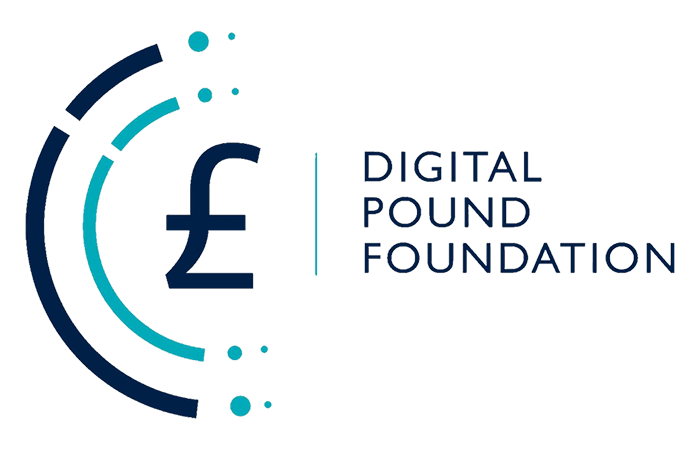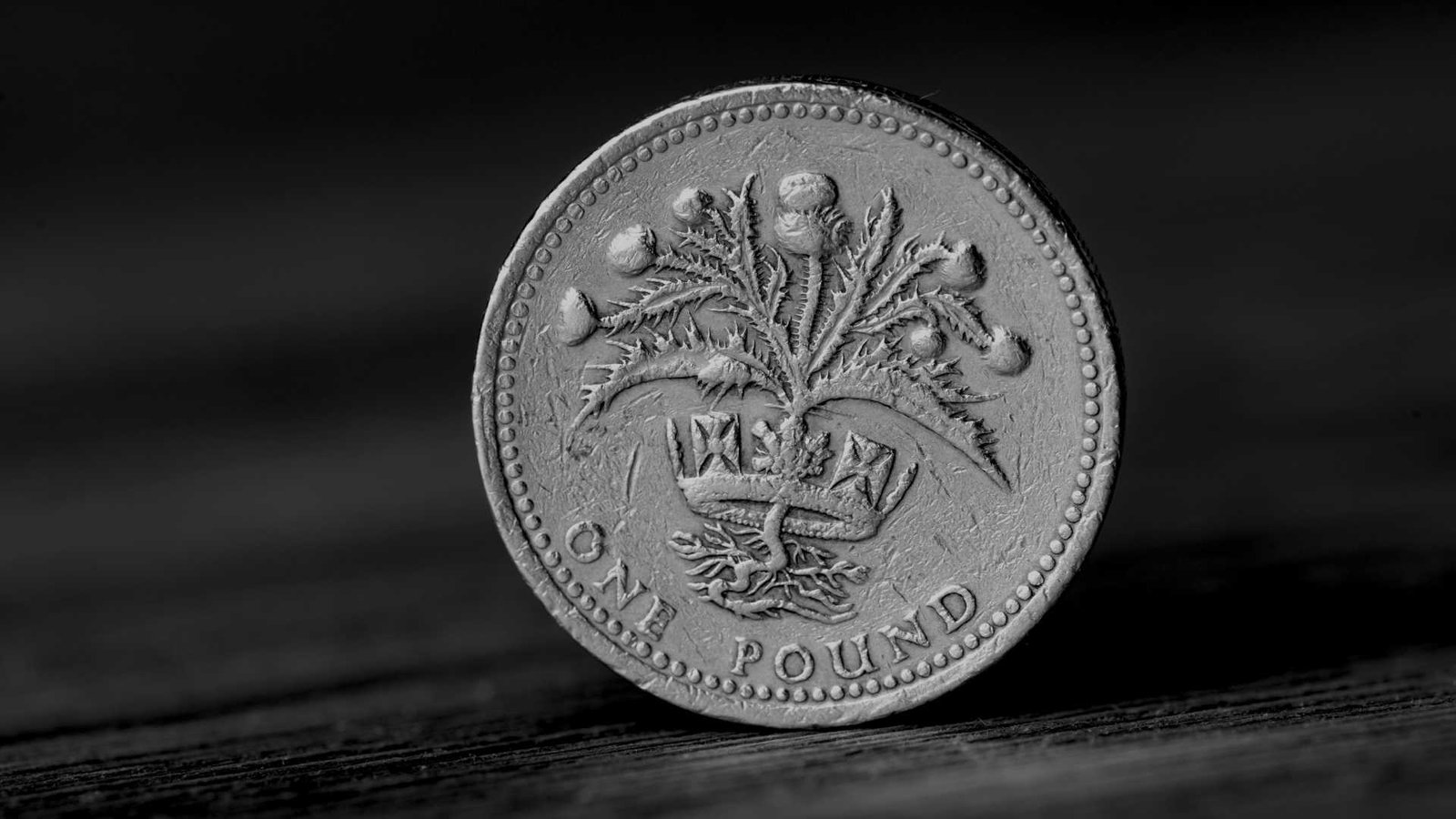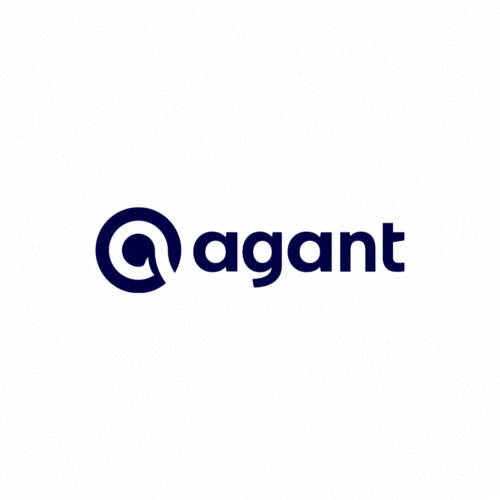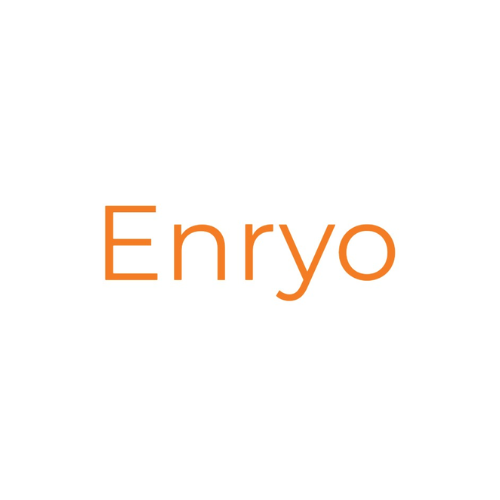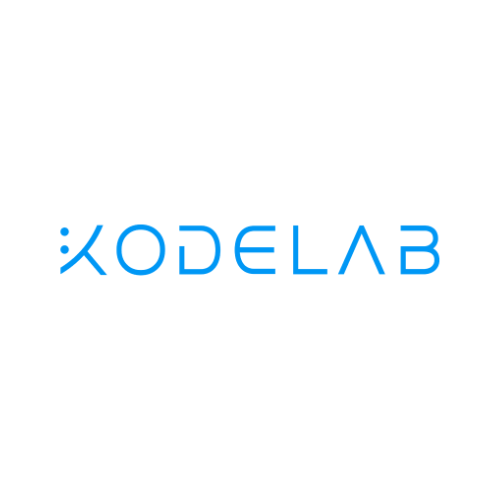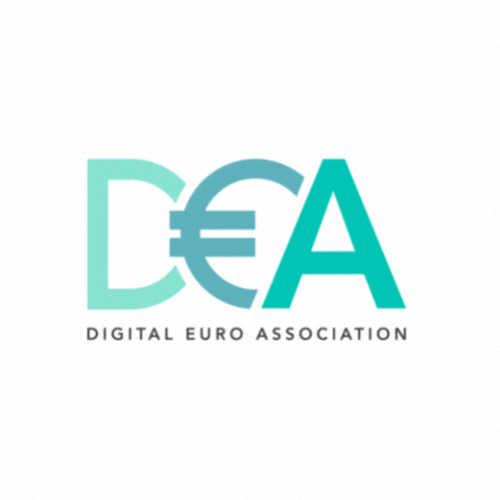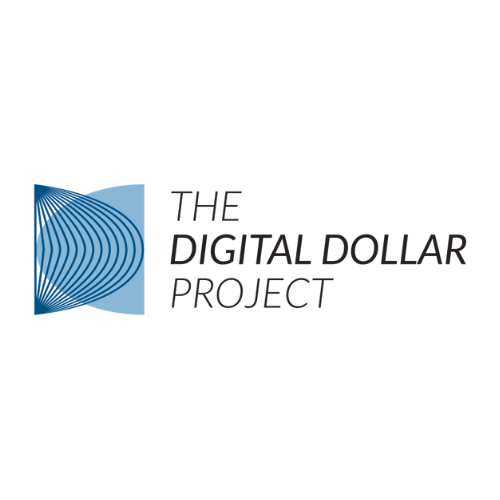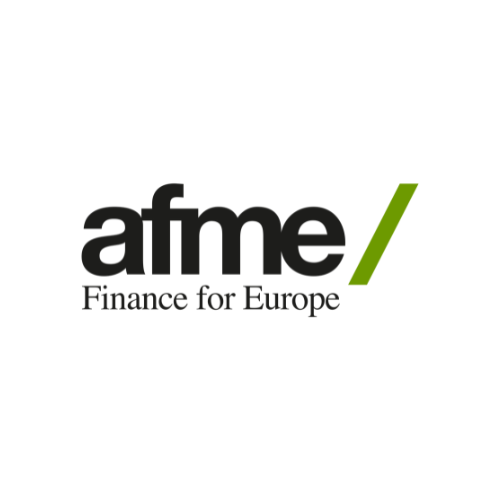Norges Bank, Norway’s central bank, has voiced its support for the European Union’s Markets in Crypto-Assets (MiCA) regulation while evaluating the potential for a central bank digital currency (CBDC) to enhance cross-border payments and bolster financial stability.
As part of the European Economic Area (EEA), Norway aligns closely with EU regulations, including MiCA. Kjetil Watne, Project Director for Norges Bank’s CBDC initiative, highlighted that Norway views MiCA positively. However, he noted that the central bank is exploring “whether additional measures may be required to support financial stability in Norway.”
Watne explained that while Norges Bank has not yet decided on issuing a CBDC, it is actively considering approaches to address “regulatory gaps related to decentralised finance.” MiCA is currently under public review in Norway, with the Ministry of Finance assessing its implementation.
Norges Bank sees potential value in a CBDC for cross-border payments. However, Watne indicated that the exact framework for a CBDC-based cross-border payment system remains under examination. In 2023, the bank participated in “Project Icebreaker,” a collaborative trial exploring innovative structures for retail CBDC transactions across borders. Watne clarified that if a CBDC were to be issued, it would “supplement rather than replace cash,” with digital currencies likely coexisting alongside CBDCs.
Regarding privacy concerns, Norges Bank is approaching the issue cautiously. Recognising that digital payments “create digital traces,” Watne underscored that Norges Bank does not intend to monitor individual transactions or access customer payment details or account balances. Instead, the bank emphasised that any new system would need to comply with established regulations, such as anti-money laundering (AML) laws, in line with other forms of payment.
MiCA is set to come into full effect on 30 December, introducing a new regulatory environment for stablecoins within the EU. The regulation mandates that stablecoin issuers hold at least 60% of their reserves in European banks, a move that has drawn some concerns. According to Tether CEO Paolo Ardoino, the regulation could introduce “systemic risks” to the banking sector, given the potential vulnerabilities tied to reserve management in cases of bank insolvency.
As Europe advances its crypto-regulatory framework, Norway’s support for MiCA and its ongoing considerations regarding a CBDC reflect the country’s commitment to aligning with EU standards while cautiously evaluating new digital financial solutions.
